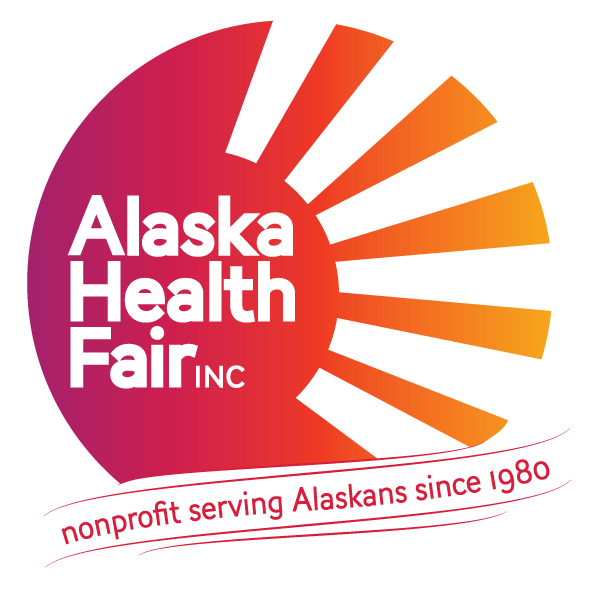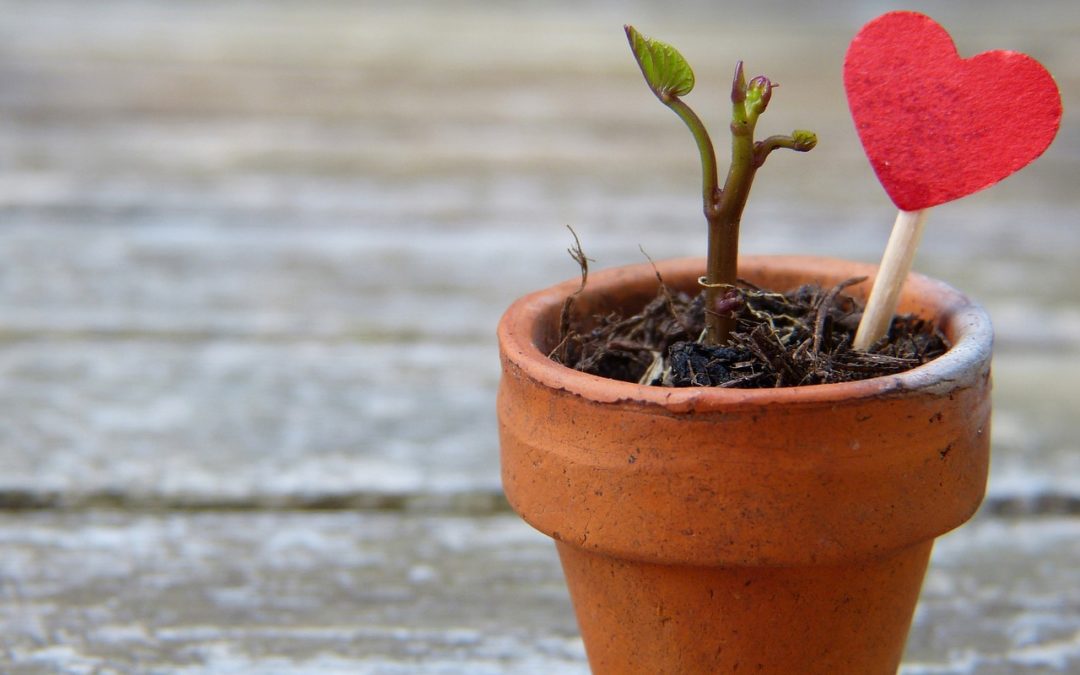By Barbara Fiscus, Juneau
***
As we wrap up 2018, my thoughts turn to the New Year. Many people associate this time with reflection, goal setting and resolutions. As we consider the next year, most of us have things that we wish were different in our lives; however, few of us look forward to expending the effort it will likely require to see those things realized. In fact, many choose not to even make goals because they lack the self-assurance that they will actually follow through on them and they are weary with the accumulated disappointments of former failures. Maybe this sounds familiar, but you aren’t ready to completely give up yet. If that’s you, perhaps some of these ideas can spur you on.
In order to get you pointed in the right direction, let’s consider what it takes to begin to move toward your goals with more intention. First, you should spend some time in reflection regarding the things you would like to be different in your life. Then, begin to envision what it would look or feel like once your desired results have been achieved. This is the process of goal setting. Once you have a vision in mind of where you want to end up, you will necessarily have resolutions or daily decisions of things to do or not do in support of your goal. Whether or not these are written down or quantified, they are an integral part of the process. For example, if your goal is to lose a certain number of pounds by a certain date, one of your resolutions might be to cut sugar out of your diet for a period of time. If your goal is to have more money in your savings account, one of your resolutions might be to begin the habit of saving 10% of every dollar you earn. (I highly recommend this, by the way.)
Regardless of your focus, there are two things necessary for the achievement of all goals. The first, and perhaps most critical, is hope. Without it, goals are either not set at all or, if they are, they are followed up by little or no pursuit. By “hope,” I don’t mean a wish, like “I hope it snows tomorrow.” I am talking about an actual belief on some level, however small that may be, that there’s a chance of success–a glimmer of hope, one might say. Even the slightest bit of hope can fuel our resolve. As long as there’s a seed, there’s a potential for a blossom. That potential can keep us steadfast in the face of temptation and tribulation.
If hope is essential to the attainment of our goals, is there anything we can do to cultivate or increase it? Let’s consider an agricultural analogy: first, we should examine the soil surrounding our hearts. If it is too acidic, it may inhibit the growth of hope. Maybe we are in a negative environment and need to counteract that with more positive. Perhaps we need to sift the soil and remove rocks, weeds, or dead roots. These can be obstacles of various kinds, negative input from naysayers or other sources, or even reminders of previous failures and dead dreams. Once we clean up the area, we should fertilize the soil with life-giving food–positive people, words and images. Maybe there are quotes that inspire you, speakers that motivate you or pictures that spur you on to action.
This brings me to the second element crucial to a successful goal: action. You must DO something in order to set the cause-effect principle into motion. After all, as they say, “if nothing changes, nothing changes.” Although there is some debate as to who truly said it first, Albert Einstein has been credited with having said, “The definition of insanity is doing the same thing over and over again and expecting different results.” While that doesn’t actually define insanity, the point is clear: you must change what you have been doing if you hope to make progress toward your goals. The wonderful thing is that once you do take action, your belief level increases and with it, also your hope. This creates a synergistic effect in which your hope grows in response to your action, and your action is fueled by your hope. It becomes an upward spiral that draws you closer to the achievement of your goals. I like to say, “Action creates traction.” By this, I mean that every positive step you take increases your faith, which increases your hope, which in turn gives you added strength to take another step.
The whole process begins with hope, though. It starts with a dream of something being different and a daring belief–even if only a sliver–that it really could happen for you. That belief–that hope–becomes the catalyst that leads you to change. It may be small changes at first, but those sparks can ignite a flame that fuels you from one victory to the next. The New Year is a great time to draw a line between your past and your future. You can design your new tomorrow. Till and fertilize your soil, plant your seed, nurture it with positive food, and watch your garden grow!
Happy New Year!
P.S. If these ideas seem useful, but you could use a little extra help in implementing them, having a coach may be the missing key to your success. For the same reasons that people join gyms and hire personal trainers to help with their physical fitness–motivation, accountability, individual attention, etc.–hiring a life coach can help with emotional or relational fitness. Barbara offers free phone consultations.
About the author
Barbara Fiscus lives in Juneau, Alaska and is the owner of Action Life Coaching. She has a Master’s degree in Counseling Psychology and is a Certified Christian Life Coach. She has been married for 22 years and has homeschooled both of her children. Barbara has authored one book, Be Strong and Courageous, and is working on another. She has been published in Christian Womanhood magazine and writes her own blog called Monthly Encouraging Word. Learn more about Barbara through her website at www.actionlifecoach.com or her Action Life Coaching Facebook page.
About life coaching
Life coaching is a relationship formed with the entire focus of helping a client attain his/her goals. Coaches listen, ask, encourage, challenge and celebrate. Clients also play an active role by honestly sharing in session and taking positive action between sessions. Through incremental achievements, they stair-step their way to success, often faster than through traditional counseling.

